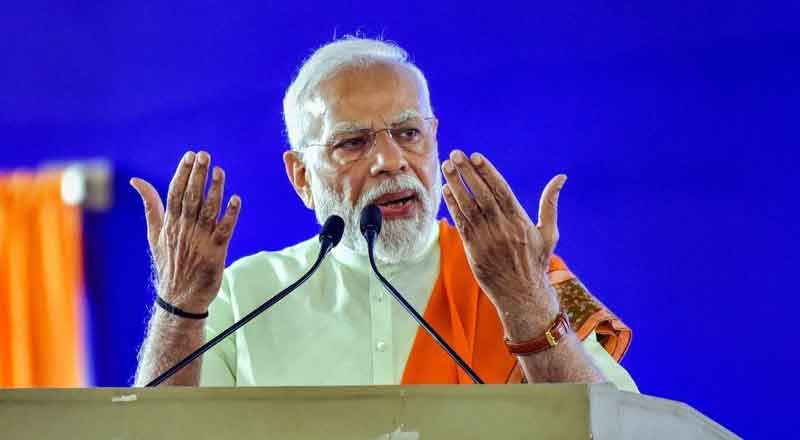With a vision to 2.5 lakh jobs in the country. The Union Cabinet has approved a last-mile broadband connectivity plan for 6.4 lakh villages across the country under the BharatNet project with an outlay of Rs 1.39 lakh crore, according to sources.
Around 1.94 lakh villages have been connected under the BharatNet project at present, and the balance is likely to be connected in two and a half years, they added.
“The Cabinet in its meeting, held on Friday evening, has approved Rs 1,39,579 crore for providing last mile optical fibre-based connectivity to homes in all villages of the country,” one of the sources said.
The last-mile connectivity will be provided by Bharat Broadband Network Limited (BBNL), an arm of state-owned BSNL, in partnership with village level entrepreneur (VLE).
“The model to take fibre-to-the-home, with the help of a local entrepreneur, was finalised after the successful completion of a pilot project. The pilot project was initially carried out to connect villages in four districts and then expanded to 60,000 villages across most states,” as per sources.
Customer premise equipment and additional fibre required for connecting homes are provided by BBNL, and local entrepreneurs have been tasked with maintaining the network.
“Around 3,800 entrepreneurs were involved in the pilot project that was carried out for 60,000 villages, who provided 3.51 lakh broadband connections. Average data consumption per household has been recorded to the tune of 175 gigabytes per month,” one of the sources said.
The project is being rolled on a 50 per cent revenue-sharing basis between BBNL and VLE, and the monthly broadband plan price starts from Rs 399 onward. According to sources, there are 37 lakh route kilometres (rkm) of Optical Fibre Cable (OFC) laid in the country, out of which BBNL has laid 7.7 lakh rkm.
“The broadband connection has started empowering rural areas where people have started getting treatment with the help of global doctors, some businessmen have started providing tutorials on YouTube, families are saving money on preparation for competitive exams, and many other use cases are coming up,” a source said.





